Although WordPress is the most popular content management system out there, it lacks some basic features – specifically, front-end user management. In other words, WordPress doesn’t let users view their profile information or customize their user profile page from the front-end.
While there are plenty of features for users in the WordPress back-end, extending the same to the front-end isn’t easy. For example, adding custom WordPress user profile fields to the front-end using a custom page template or through code isn’t exactly a cakewalk.
With this in mind, in this step-by-step tutorial, we’ll show you how to create your custom WordPress user profile page using the Profile Builder Pro WordPress plugin. This lets you give users a more flexible and intuitive way to view and modify their user profile information.
Creating Your Custom WordPress User Profile Page, Registration Page, and Login Page
Traditionally, you would need to create custom fields if you wanted to ask for more user profile information. The Profile Builder Pro plugin is a user profile plugin that comes with default fields as well as advanced custom fields. This lets you create a fully customizable profile page, registration page, and login page without having to mess around with custom fields in WordPress.
For this tutorial, you’ll need to have the Profile Builder Pro plugin installed and activated on your WordPress site. Once that’s done, all you have to do is create your 3 new pages:
Roku Streaming Stick HD 2025 — HD Streaming Device for TV with Roku Voice Remote, Free & Live TV
$29.00 (as of October 25, 2025 01:59 GMT +00:00 - More infoProduct prices and availability are accurate as of the date/time indicated and are subject to change. Any price and availability information displayed on [relevant Amazon Site(s), as applicable] at the time of purchase will apply to the purchase of this product.)- WordPress user profile page
- User registration page
- User login page
1. Creating a WordPress User Profile Page
The simplest way to create a custom WordPress user profile page is by using the Profile Builder Pro plugin. This way, you don’t have to use user_meta or profile_fields functions to retrieve user profile information.
The first thing you need to do is create a new page (by going to Pages → Add New) that users will access to view and modify their profile information. For example, you might call it something like Edit User Profile or Edit Profile. Once that’s done, search for the Edit Profile block in the Gutenberg editor and add it to the page. Alternatively, you can also use the [wppb-edit-profile] shortcode to display the form.
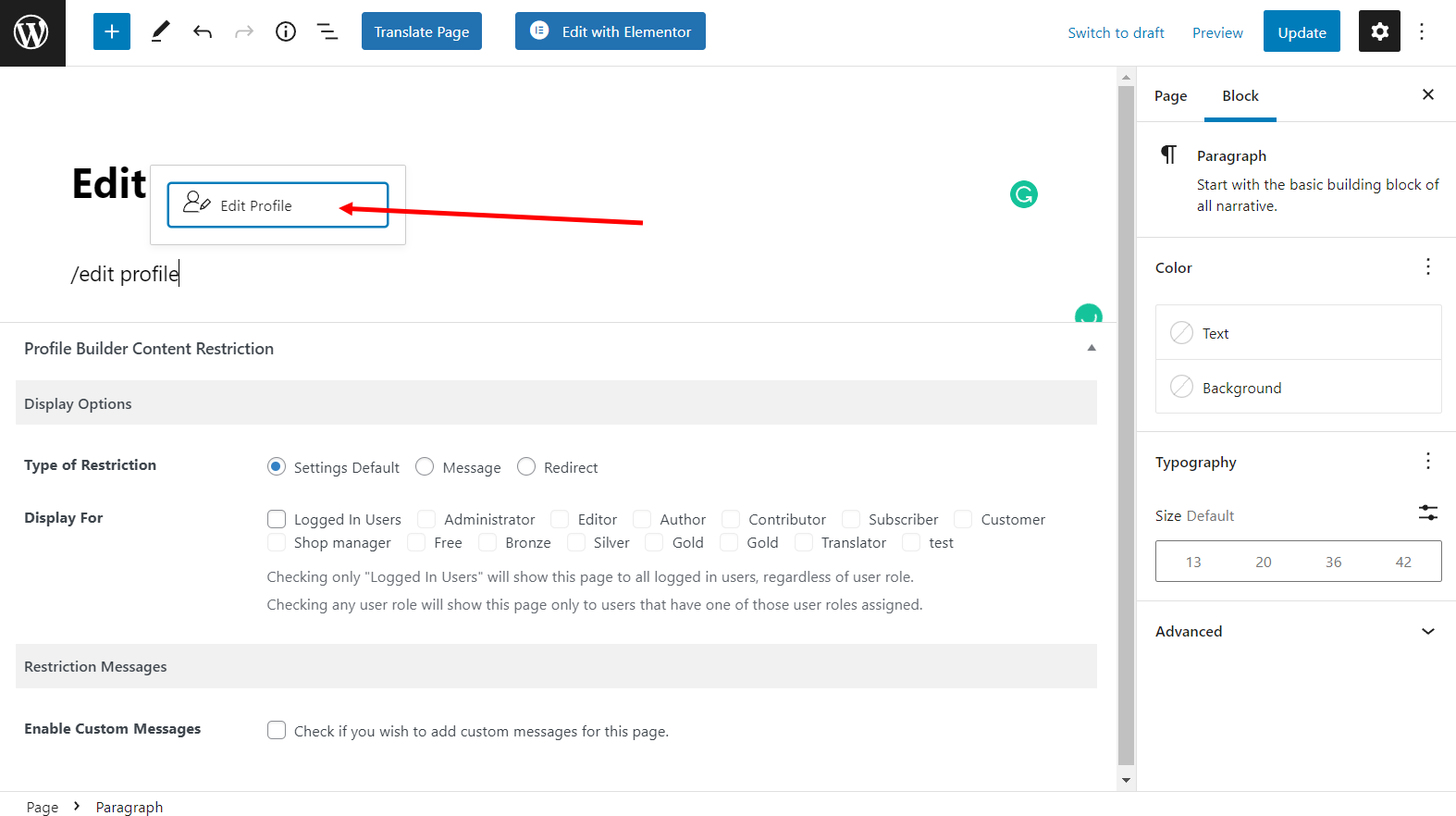
Your form would look something like this on the front-end:
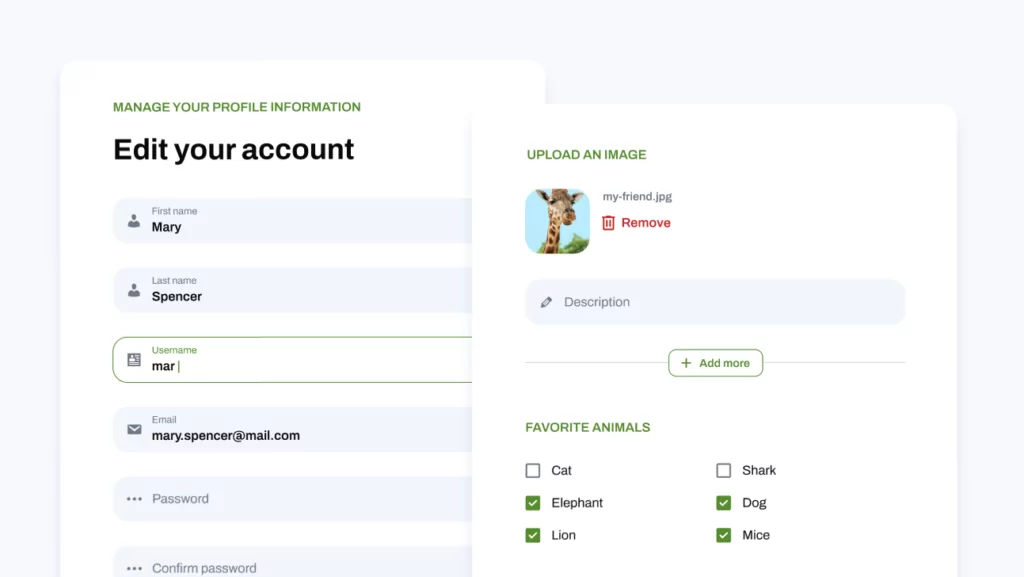
You can choose to add (or remove) any of the fields by heading over to Form Fields from the Profile Builder menu item in the WordPress admin panel. For example, you could remove the Nickname field from the front-end form:
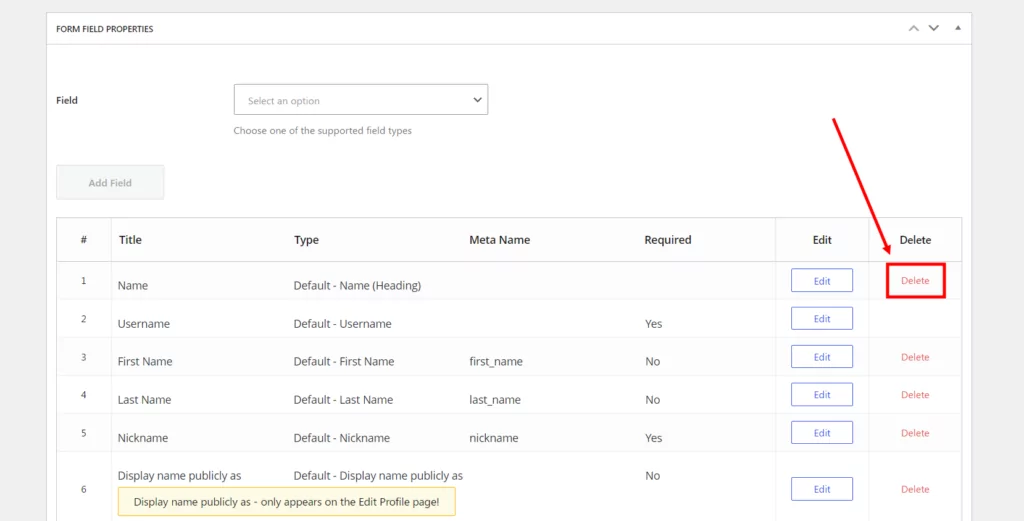
Or, you might want to add a Phone field under the Contact Info heading.
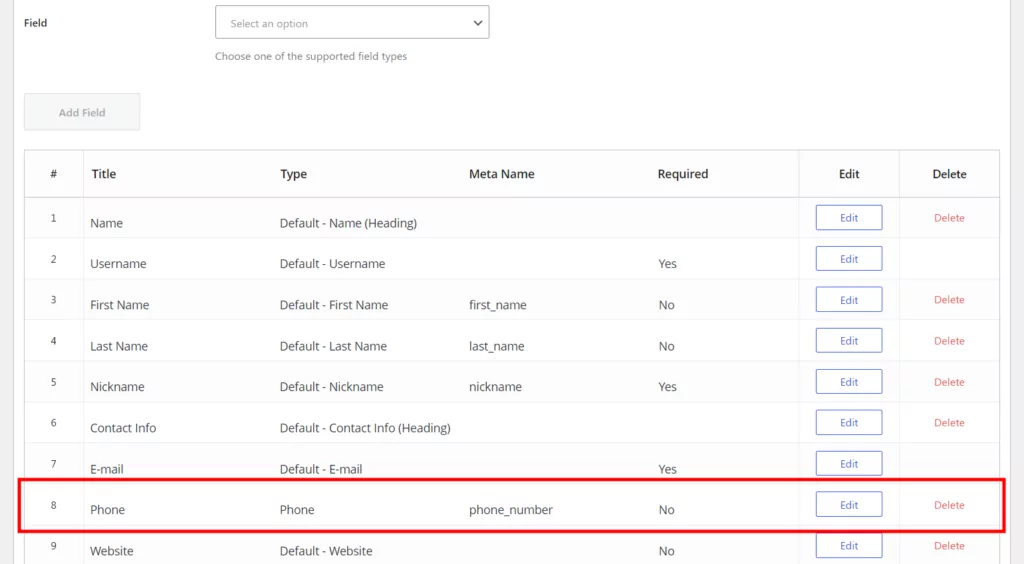
The modified front-end custom edit profile page will look something like this:
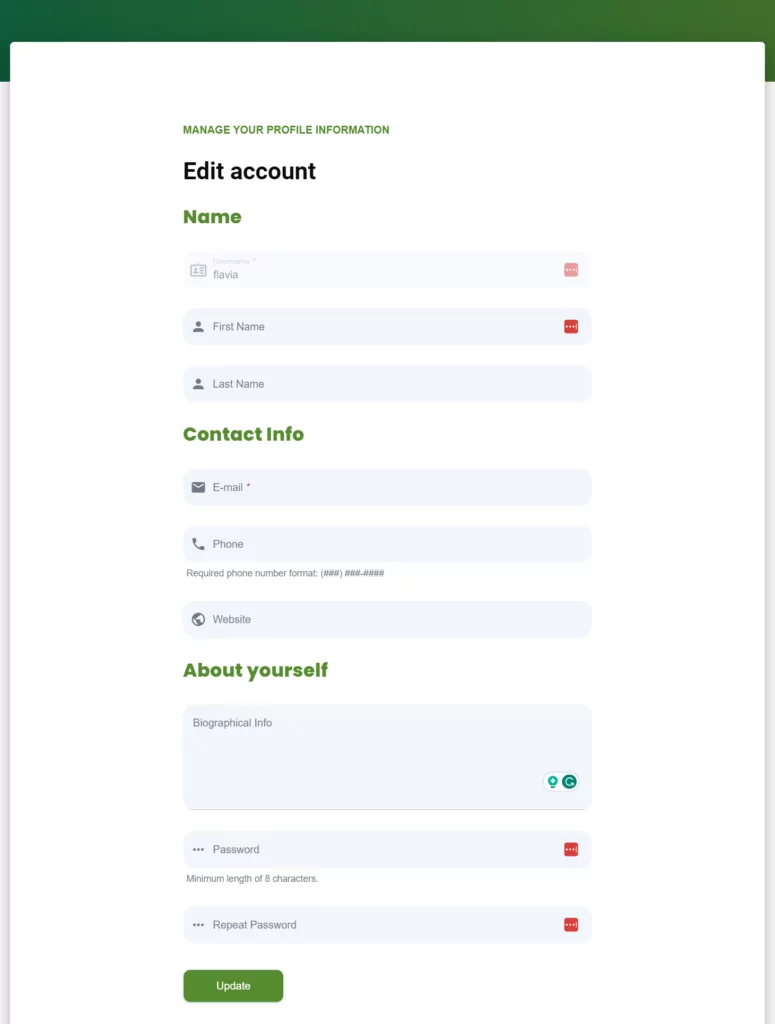
This allows you to create a front-end form that gives your site’s users an easy way to modify their user profiles. They can use this form to update their contact information, modify their user role, or change their password without accessing the WordPress back-end. Your WordPress site’s users can see their full profile page from the front-end.
Additionally, the WordPress website’s administrator can access (and edit) all user profiles from the same screen. The page will be populated by user data from your database. Admins can view user data, modify user roles, and much more. This is all possible with the easy-to-use Profile Builder Pro plugin.
2. Creating a User Registration Page
There are many scenarios where you might want to let users register directly from the front-end. For this, you’ll need to create a user registration page to display the registration form. The easiest way to do this is by using the Profile Builder Pro plugin. (Hint: you won’t have to create any custom fields!)
Start by creating a new page (Pages → Add New) in WordPress to accept online registrations. You might call it something like User Registration. Next, add the Register block in the Gutenberg editor (or, alternatively, the [wppb-register] shortcode). This shortcode will add the registration form to your page.
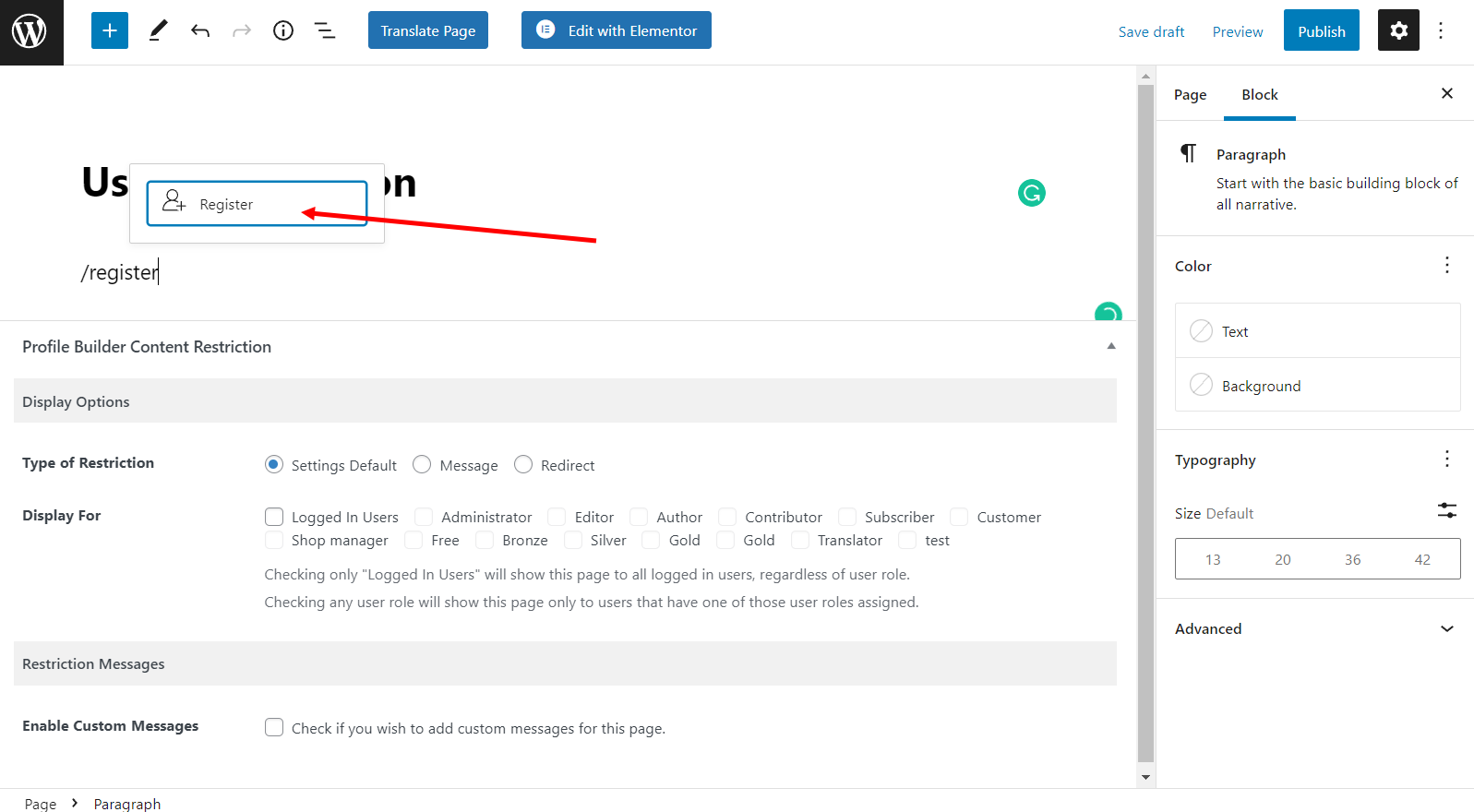
By default, your page should look something like this on the front-end:
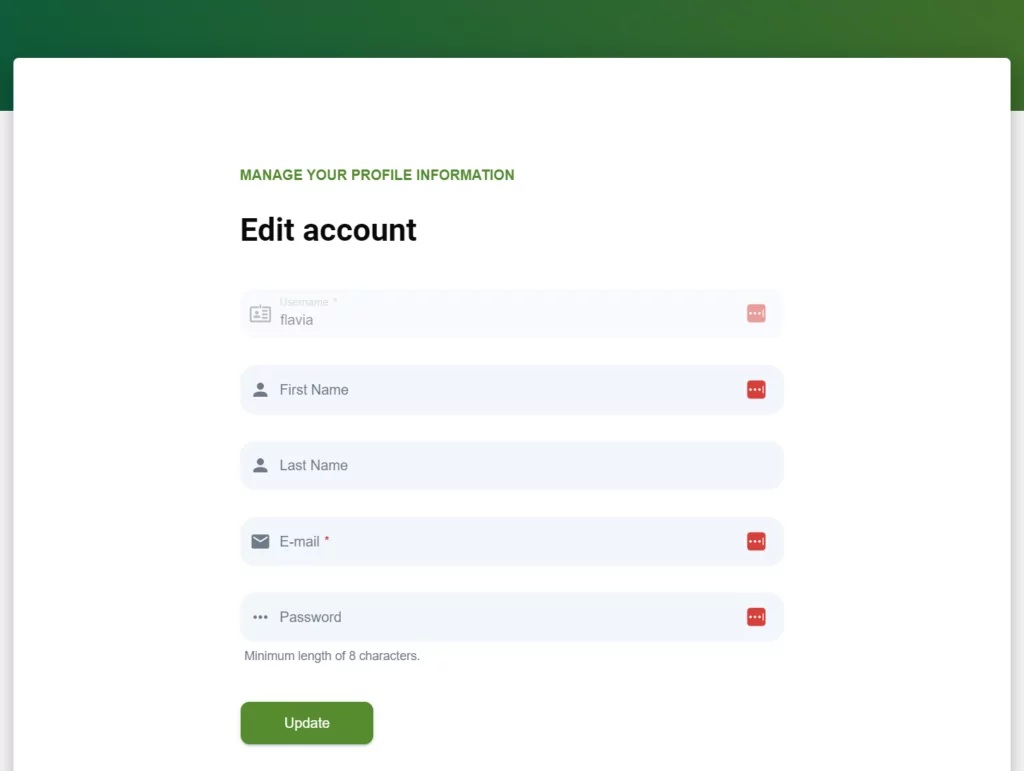
With Profile Builder Pro, you can choose to add (or remove) any of the fields from the registration form by heading over to Form Fields from the Profile Builder menu item in the WordPress admin panel. For example, you might want to add an Avatar field to the front-end registration form.
![]()
The modified front-end user registration form will look something like this with the avatar field:
![]()
This way, you can create a front-end registration form that makes it easy for your WordPress site’s users to register online. New users can also set their user roles. The best part is that you don’t have to worry about manually creating a new user every time a registration form is submitted or sending login credentials to new registrants (via MailChimp) – all of this happens automatically. Optionally, you can add the registration form to a widget.
The MailChimp for Profile Builder add-on lets you associate MailChimp list fields with Profile Builder Pro’s fields and configure advanced settings.
3. Creating a User Login Page
Creating a custom login page for users is incredibly easy with the Profile Builder Pro plugin. All you have to do is create a new page that will work as your front-end login page. You can do this by going to Add New from the Pages screen. Call it something intuitive like User Login. Next, add the Login Gutenberg block (or the [wppb-login] shortcode).
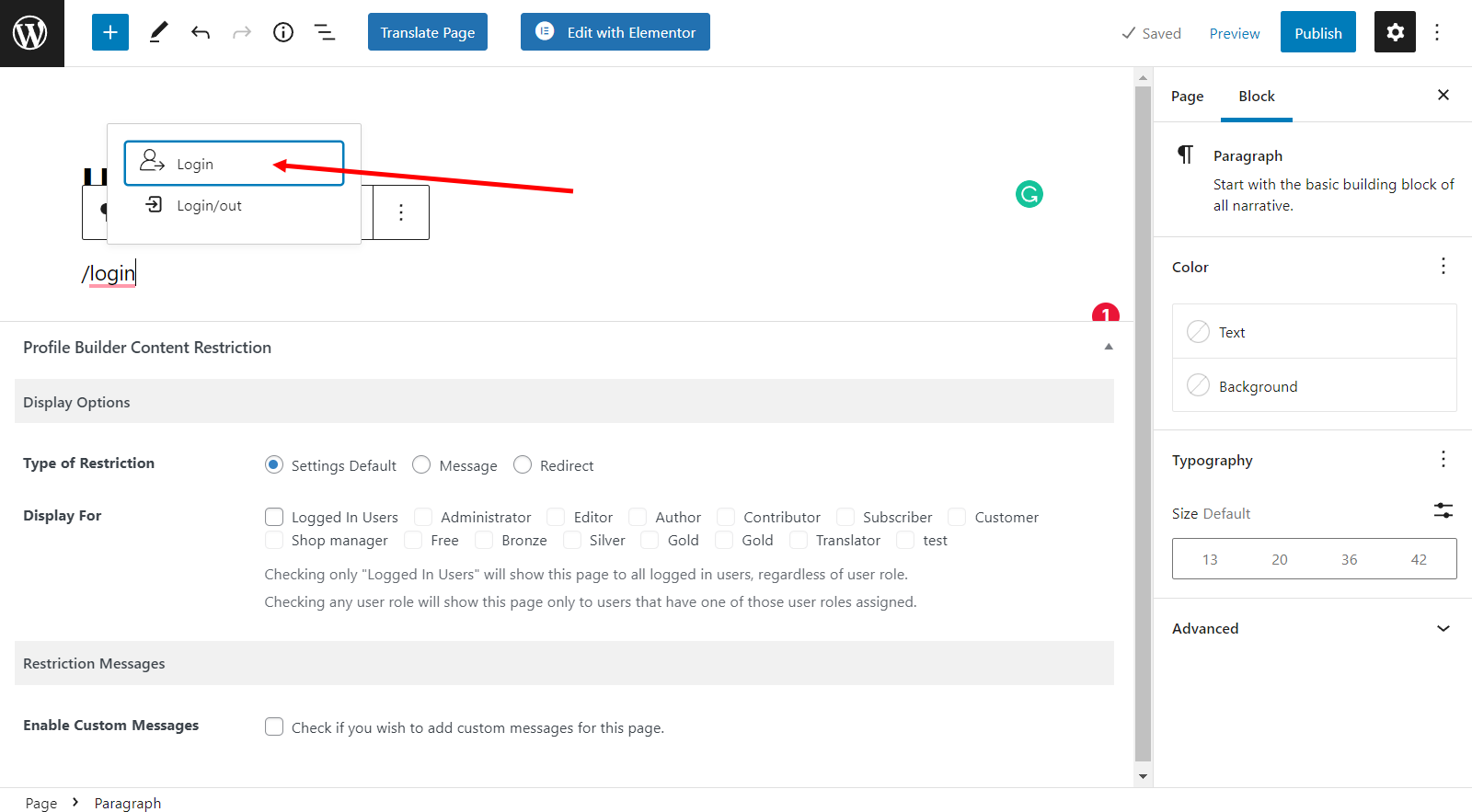
Your login page should look something like this:
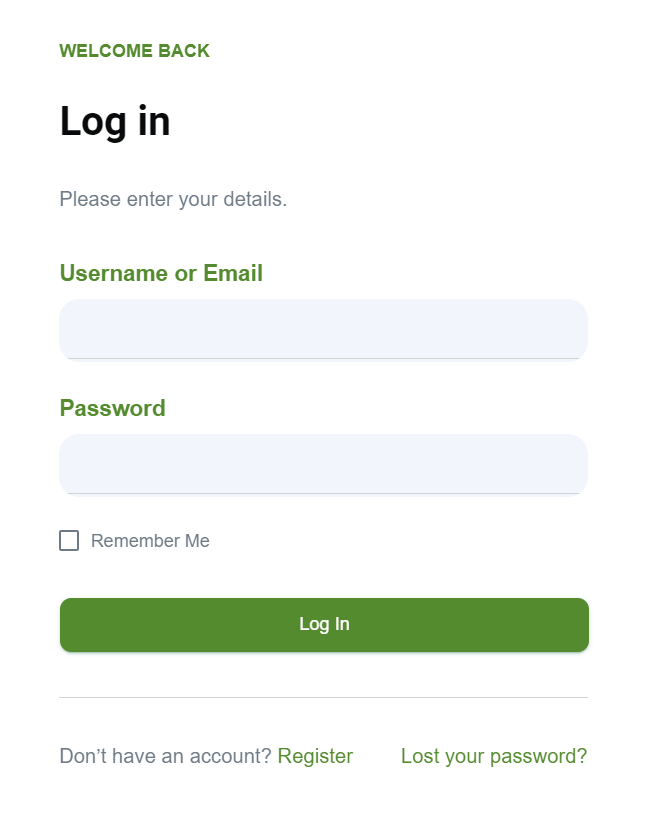
To take it to the next level, you can use Custom Login Page Templates to give your login page a new look and feel.
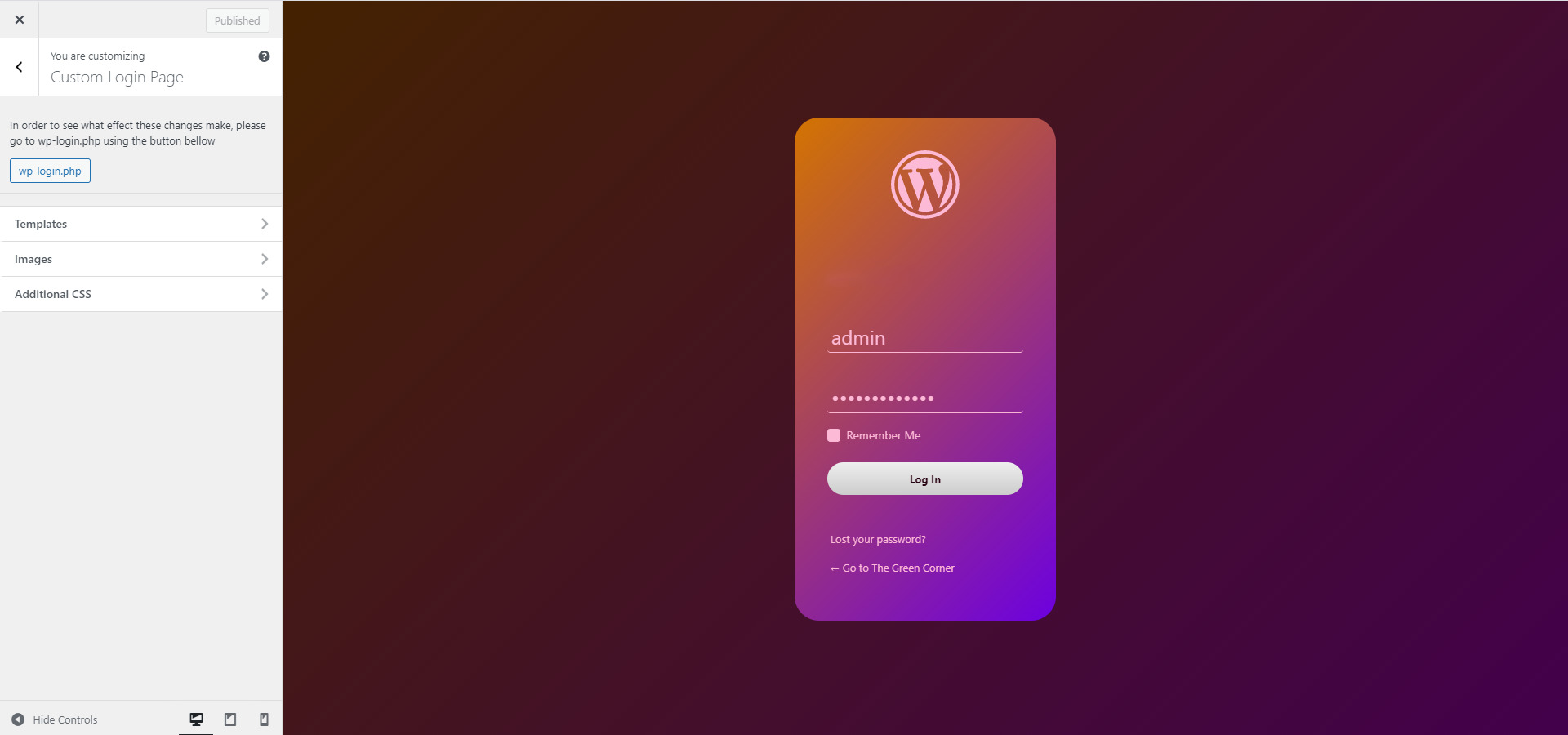
You can choose from one of the available templates and upload your branding elements to it. For example, you might consider adding a logo and background image. You can also choose to add the shortcode to a widget.
Be sure to check out our tutorial on How to Create a Custom WordPress Login Page for more ideas!
Create Your Custom User Profile Page Today!
The good news is that you can add just about any kind of custom field to your WordPress user profile page. Instead of messing around with custom code, user profile fields, and validations, we recommend using the intuitive user profile plugin.
Let’s quickly recap some of the different ways you can use the Profile Builder Pro plugin:
- Create a custom user profile page that’s accessible from the front-end;
- Let visitors register online directly from the front-end without creating custom fields manually;
- Allow users to log in to their accounts directly from the front-end using a shortcode.
Whether you’re a developer or trying to DIY a better user experience for your site’s visitors, having a WordPress plugin that lets you create custom front-end user profile pages is a must-have. We showed you how you can get started and, hopefully, you’re in a good position now to take the next steps.
Profile Builder Pro
The best plugin to create your custom user profile page without any code.
Do you have any questions about how to create your custom WordPress user profile page without manually creating custom fields? Let us know in the comments section below.
Source: https://www.cozmoslabs.com/1012-wordpress-user-registration-template-and-custom-user-profile-fields/

